Cats have captivated human hearts for thousands of years, and one of their most curious behaviors is their undeniable attraction to fish. Have you ever wondered why your feline friend seems to go wild at the sight of a fish dish? In this article, we will explore the fascinating reasons behind this phenomenon, combining expert insights with engaging content to ensure you understand why cats love fish so much.
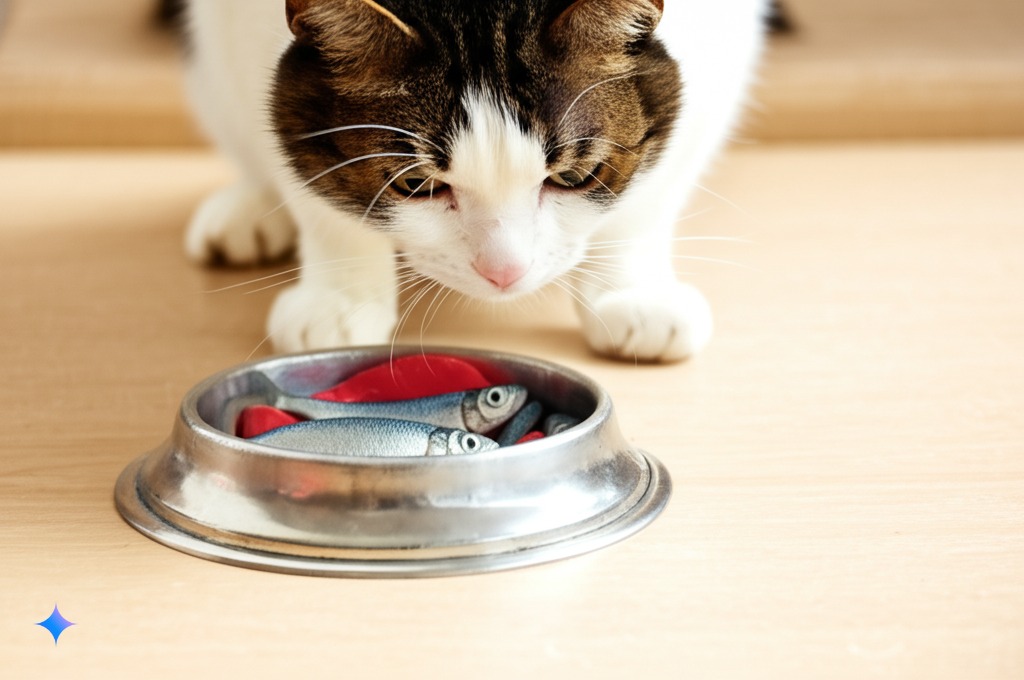
Introduction
Cats are known for their peculiarities, but their love for fish stands out. Is it the taste, the texture, or something deeper rooted in their biology? Understanding this behavior can help cat owners provide a balanced diet for their pets. Let’s dive into the reasons why cats are drawn to fish and what it means for their overall health.
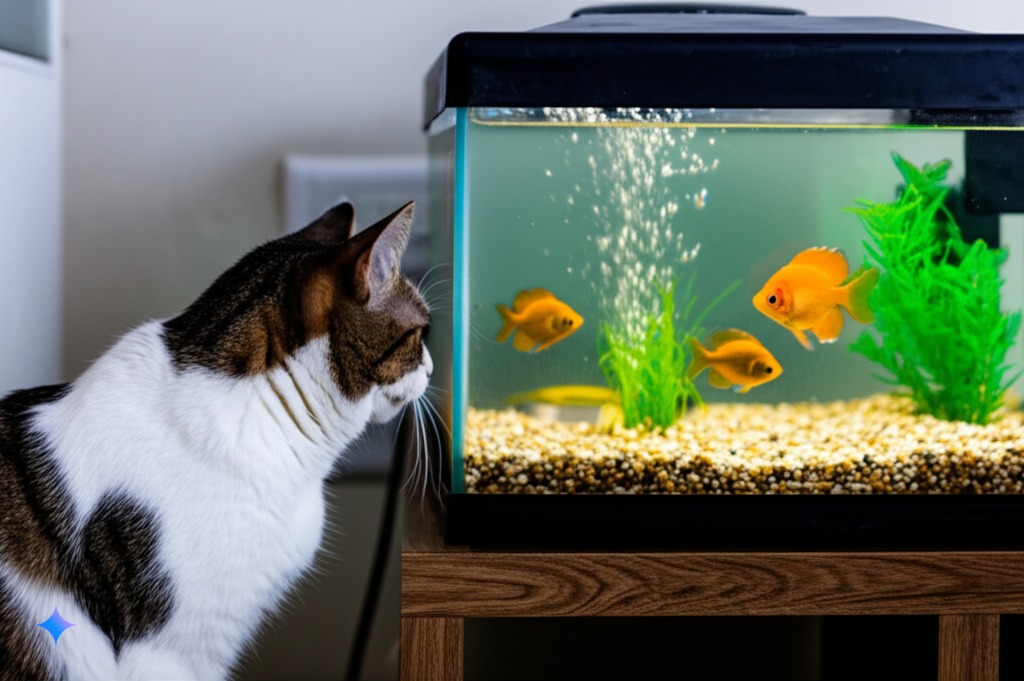
Cats’ Dietary Habits
The Carnivorous Nature of Cats
Cats are obligate carnivores, meaning they require a diet primarily composed of meat. Unlike dogs, which are omnivorous, cats have evolved to thrive on a diet that consists mainly of protein. Fish, rich in essential nutrients, fits perfectly into this dietary need.
Did you know? Cats need about 70% of their diet to come from protein sources, and fish is an excellent option due to its high protein content.
Nutritional Benefits of Fish
Fish is not only a protein source but also offers several health benefits. It is packed with essential fatty acids, especially Omega-3 fatty acids, which are crucial for maintaining a healthy coat and skin. These nutrients also support brain health and reduce inflammation.
Key Point: Fish contains higher levels of Omega-3 compared to other meats, making it a superfood for cats.
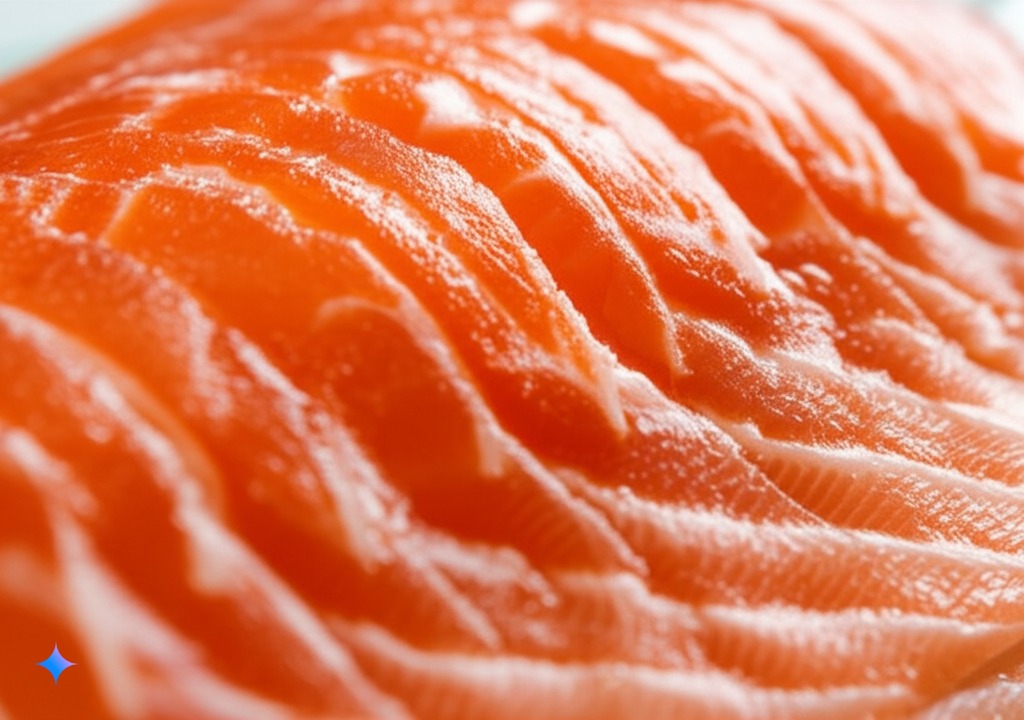
The Allure of Fish
The Irresistible Smell
One reason cats are drawn to fish is its strong aroma. Cats have an exceptional sense of smell, which plays a significant role in their food preferences. The scent of fish can trigger their hunting instincts, making it an enticing option.
Question for you: Have you noticed how your cat reacts when you open a can of tuna? Their excitement is often palpable!
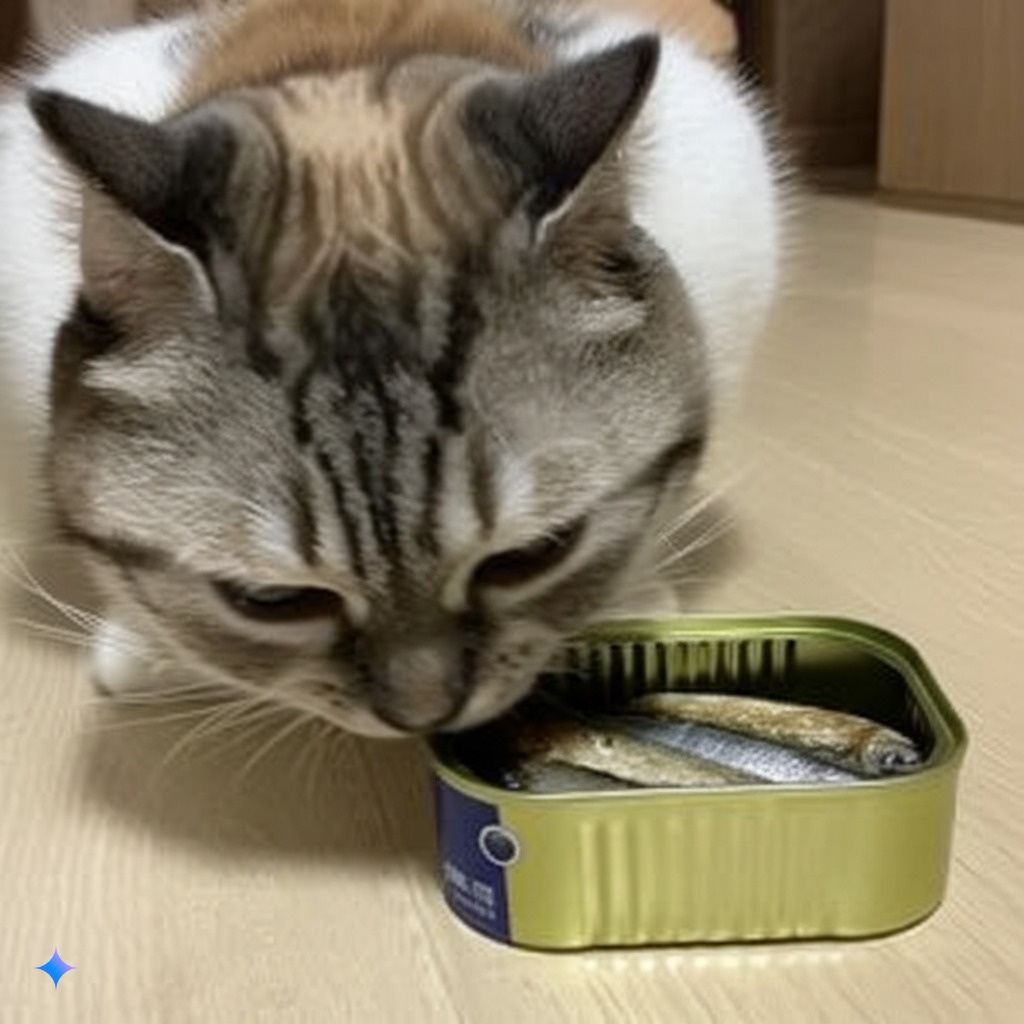
Taste and Texture
Cats have taste buds that are sensitive to amino acids found in fish. The unique flavor profile and texture of fish appeal to their palate, making it a favored food choice. The moistness of fish also contrasts with drier cat foods, providing a delightful sensory experience for your pet.
Fun Fact: Cats can taste certain amino acids that humans cannot, enhancing their enjoyment of fish.
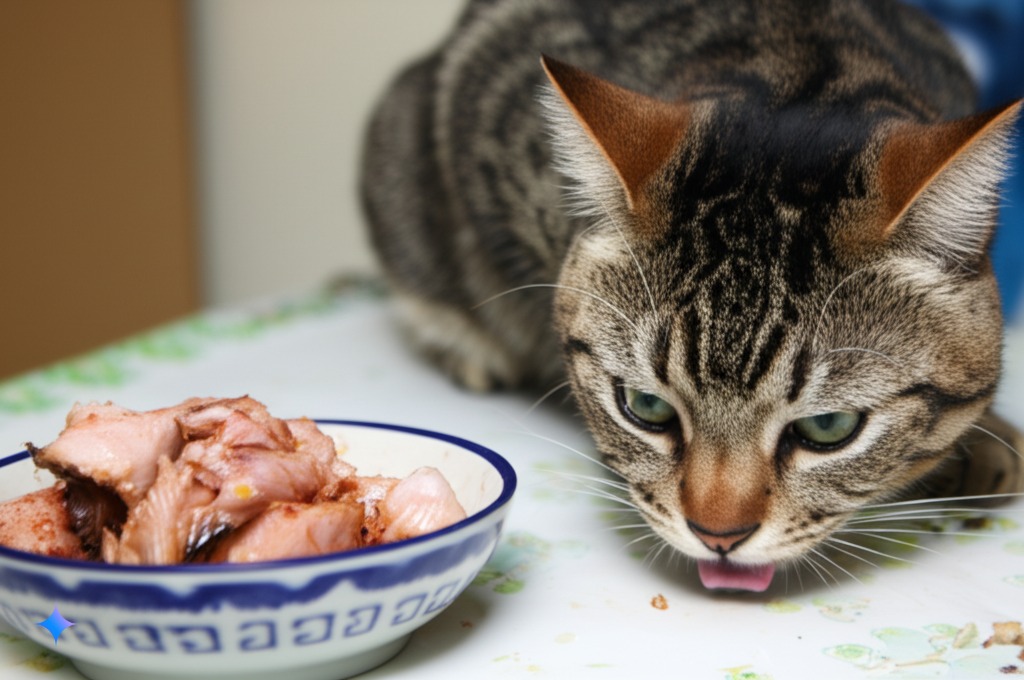
Cultural and Historical Context
Fish in Human Culture
Fish has been a part of human diets for centuries, and this cultural significance extends to our pets. In many cultures, fish is considered a delicacy, and it’s no surprise that cats have adapted to this human behavior.
Cats and Fish in History
Historically, cats were valued for their ability to control rodent populations, especially in fishing communities. As humans began to fish, cats naturally followed, leading to a symbiotic relationship. This history has solidified fish as a staple in many cat diets.

Safety Concerns
Fish Types Safe for Cats
While fish can be beneficial, not all fish are safe for cats. Some fish, like salmon and sardines, are excellent choices, while others, such as raw fish, can pose health risks.
Important Reminder: Always ensure that the fish is cooked and free of bones before serving it to your cat.
Risks of Overfeeding Fish
Feeding too much fish can lead to nutritional imbalances. Excessive fish consumption can result in mercury poisoning and other health issues. Moderation is key!
Did you know? Cats should only have fish as a treat, not a staple food, to maintain a balanced diet.
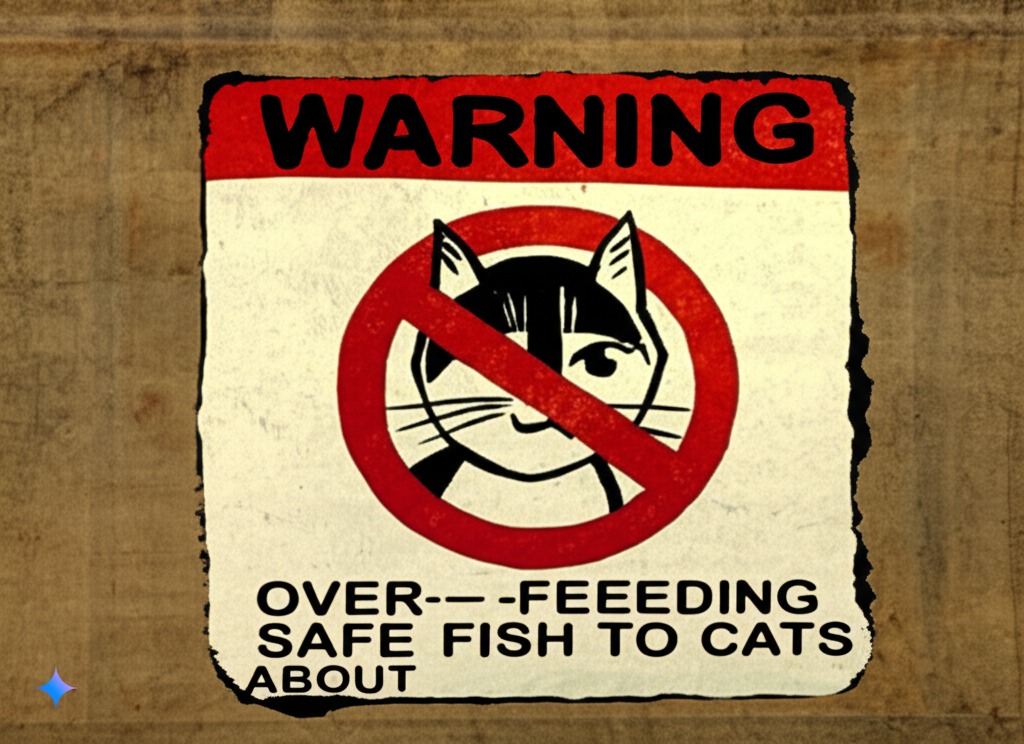
Conclusion
In summary, cats are drawn to fish due to their carnivorous nature, the nutritional benefits fish provide, and the sensory appeal of its taste and smell. Understanding these factors can help cat owners make informed decisions about their pets’ diets.
Final Thought: Next time your cat begs for a fish treat, remember the science behind their craving!
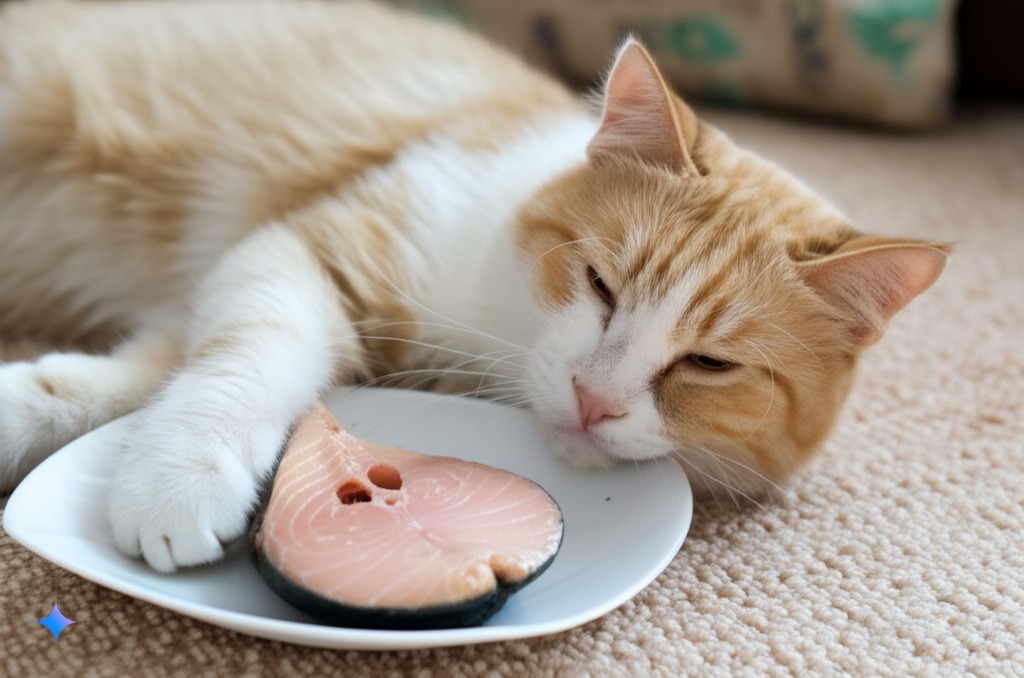
FAQ
1. Is fish safe for cats to eat regularly?
Fish can be a healthy treat for cats, but it should not be their main diet. Too much fish can lead to health issues.
2. What types of fish are best for cats?
Safe options include cooked salmon, sardines, and tuna. Always ensure fish is boneless and cooked.
3. Can cats be allergic to fish?
Yes, some cats can develop allergies to fish. Monitor for any signs of allergies, such as itching or digestive issues.
4. How often can I give my cat fish?
Fish should be given as an occasional treat, not more than once or twice a week.
5. What should I avoid when feeding my cat fish?
Avoid raw fish, fish with bones, and fish high in mercury, such as shark or swordfish.
By understanding the reasons behind your cat’s love for fish, you can provide a healthier and more enjoyable diet for your feline friend.